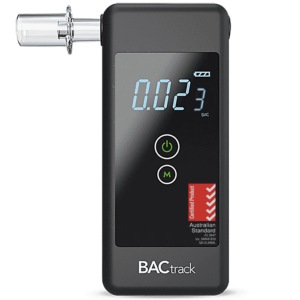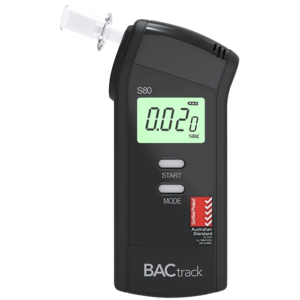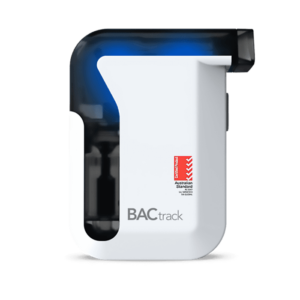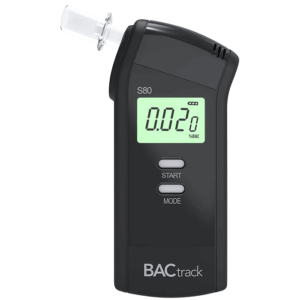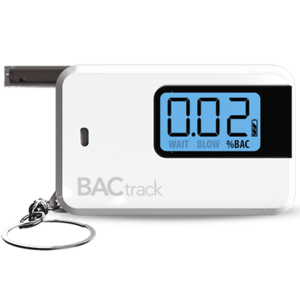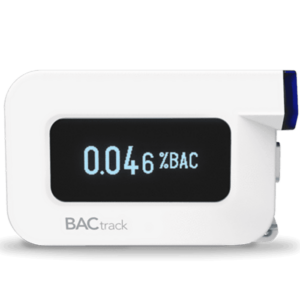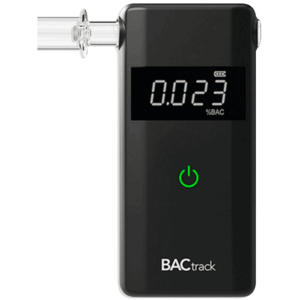Drug And Alcohol Screening Test: Definition, Types Of Tests, & Procedure
10 May, 2024

A drug and alcohol screening test is a procedure to detect the presence of substances in the body. There are various types of tests, including urine, saliva, blood, hair, and breath tests. These tests involve collecting biological samples for analysis to determine if drugs or alcohol are present in the body. Additionally, the procedure includes sample collection, analysis, and interpretation of findings.
Testing for illicit substances is necessary to maintain a safe and productive environment. It assists in reducing the probability of accidents, promoting productivity, and lowering healthcare expenses. Moreover, it deters substance abuse, which can have detrimental impacts on physical and mental health. By identifying individuals who are using or abusing drugs or alcohol, health professionals or employers can refer to the appropriate interventions. This article will provide more information about alcohol and drug screening, including its types and procedures.
What is a Drug and Alcohol Screening Test?
A drug and alcohol screening test is the process of detecting the presence of illegal drugs or alcohol in the body. It typically involves analysing a biological sample to determine if drug or alcohol metabolites are present. This screening helps identify individuals who may be abusing illicit substances, which can have serious consequences for their health and safety.
To conduct the screening, one can visit healthcare clinics or purchase testing kits online. Healthcare clinics often offer these tests during their business hours and can provide guidance on how to collect and submit samples for analysis. Alternatively, people can buy testing kits online and use them at home or on-site, offering convenience and privacy.
Companies frequently incorporate alcohol and drug screening to ensure a safe and productive work environment. They may carry out random, reasonable suspicion, post-accident, or pre-employment testing. Law enforcement agencies also use screening tools during roadside sobriety checks. Moreover, healthcare providers and rehabilitation facilities utilise screening to assess patients for substance use and monitor them during rehabilitation.
Purpose of Conducting the Screening Test
- Identify potential employee impairment due to drug and alcohol consumption.
- Ensure workplace safety by detecting substance-related risks.
- Screen candidates during the recruitment process.
- Help enforce workplace policies on drug and alcohol use.
- Protect public safety in healthcare and road settings.
- Reduce accidents and injuries caused by substance abuse.
- Assist business owners or companies in maintaining a drug-free workplace.
- Identify individuals needing intervention or support for substance abuse, promoting early intervention.
- Minimise legal liabilities associated with impaired employees, ensuring compliance with regulations and standards.
- Promote a culture of responsibility and accountability.
- Support overall organisational productivity and efficiency.
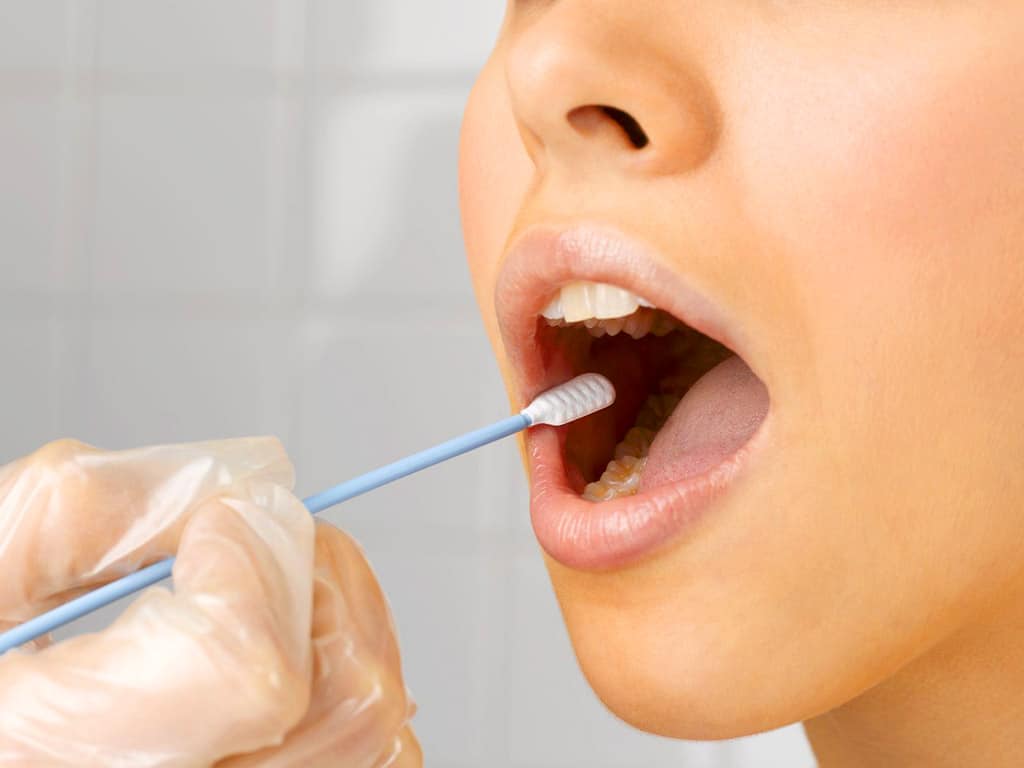
Types of Drug and Alcohol Screening Tests
Drug and alcohol screening test utilises different methods. Firstly, urine testing is the most common. It is non-invasive and can detect a broad spectrum of substances. Secondly, oral fluid or saliva testing is also non-invasive and features a straightforward collection process. This method can identify recent substance usage.
Thirdly, blood testing involves drawing a blood sample and analysing it for the presence of substances. It is highly accurate and can provide information about the actual level of intoxication. Fourthly, hair testing involves collecting a small sample of hair, typically from the scalp. This method can detect substance use over a longer period of about three months. Hence, it is valuable for assessing long-term use.
Lastly, breath testing specifically detects alcohol in the breath of a person. This method measures the alcohol concentration levels or Blood Alcohol Concentration (BAC). It is non-invasive, quick to administer, and provides rapid results. Overall, each method has its advantages and considerations. The selection of specific screening methods depends on particular needs and objectives.
Substances that Can Be Detected
Drug and alcohol screening can detect illegal drugs. These include marijuana, cocaine, heroin, methamphetamine and ecstasy. In addition, certain prescription drugs like opiates, opioids, amphetamines and benzodiazepines are also detectable. While doctors may prescribe these medications, their misuse or abuse can make them illicit due to a high potential for abuse or addiction.
Moreover, workplaces and roadside screening tests for ethanol, the active ingredient in alcoholic drinks. The screening can also detect direct biomarkers, such as ethyl glucuronide and ethyl sulphate. Alcohol testing helps mitigate the hazards of excessive alcohol consumption, such as impaired judgement, slow reaction time, and poor coordination.
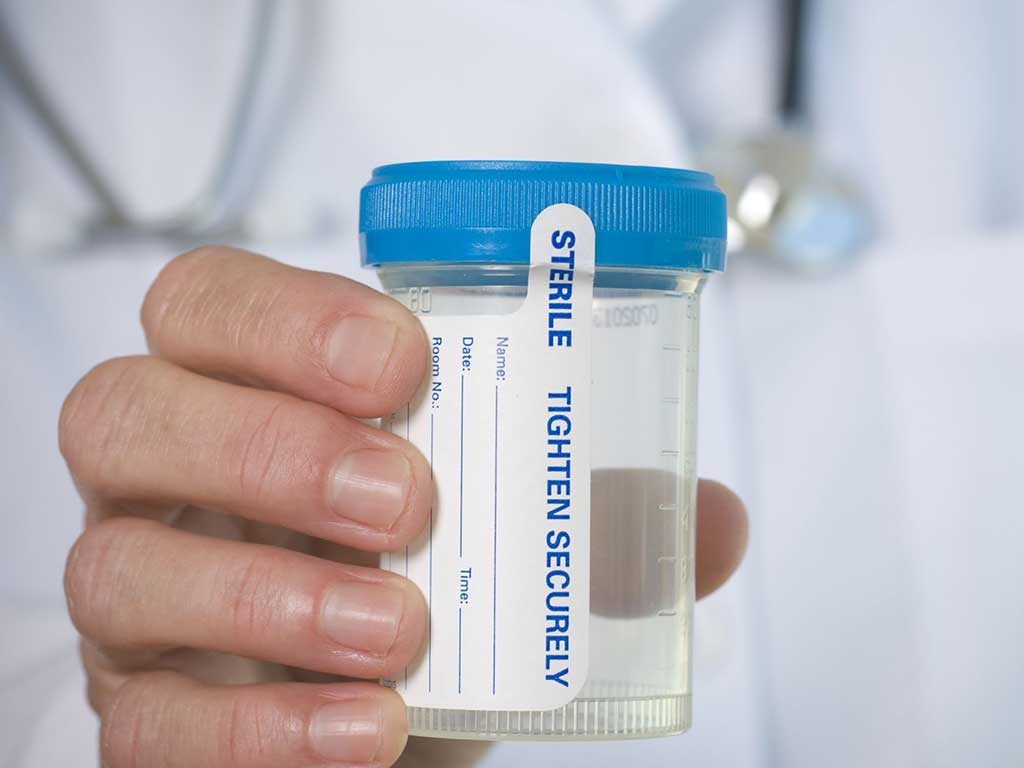
Procedure for Drug and Alcohol Screening Test
The procedure for drug and alcohol screening tests follows a standard process to ensure the accuracy and reliability of the results. The first step is the sample collection process. A trained professional follows strict protocols in obtaining the specimens. It is important to administer the process under controlled conditions.
The second procedure is ensuring the chain of custody. It is a guideline involving handling and documenting the sample from the point of collection until it reaches the laboratory. This process prevents tampering and ensures sample integrity. Once it reaches the lab, the specimens undergo analysis, depending on the type of the test.
Once the analysis is complete, the laboratory prepares a report with the results. It is sent to the employer or healthcare provider. The report may show the presence or absence of target substances. If the drugs are present, it is necessary to undergo confirmatory testing to validate the initial findings. Test providers should be able to explain the results and their implications to concerned individuals.
Understanding the Results
The results of the screening tests are straightforward to understand. However, it is important to follow the instructions to avoid inaccurate interpretations. For initial screens, the drug test kits display the absence or presence of lines, which can indicate non-negative or negative results. In some cases, the colour change can show what substance or drug class is present.
Furthermore, laboratory testing can include the specific drug metabolite and the concentration levels. A Gas Chromatography-Mass Spectrometry (GC-MS) test is highly sensitive and can provide accurate results. On the other hand, a breathalyser test shows the estimated BAC levels in numerical value, usually in percentage.
Conclusion
In conclusion, drug and alcohol screening tests are crucial tools for identifying substance abuse in people. They involve analysing biological samples like urine, saliva, blood, hair, or breath to detect the presence of drugs or alcohol. These tests are widely used in various settings, including workplaces, healthcare facilities, and law enforcement agencies, to promote safety and health. Each screening method offers unique benefits and considerations, catering to specific needs and objectives.
The procedure involves meticulous steps to ensure accuracy and reliability. Trained professionals collect samples under controlled conditions, maintaining a strict chain of custody to prevent tampering. Laboratory analysis provides detailed reports to employers or healthcare providers, indicating the presence or absence of substances. Understanding results is crucial, with initial screenings showing clear indications and laboratory tests providing specific details like metabolite presence and concentration levels. Confirmatory testing may be necessary for validation.


















